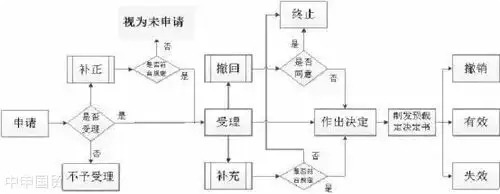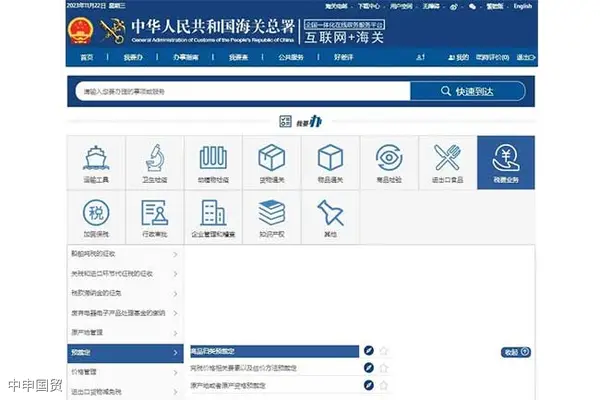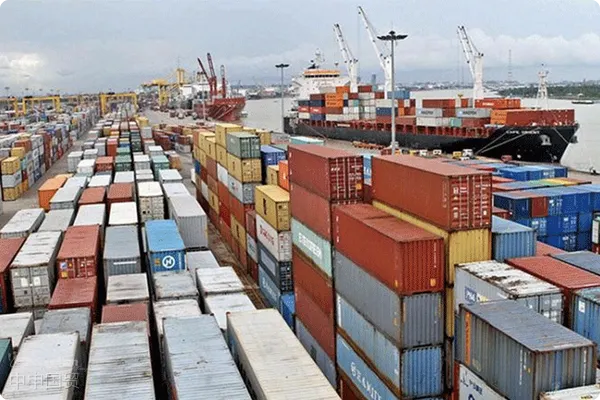Comprehensive guide to customs classification pre-ruling system
Category: Trade Essentials
Date: November 7, 2024 11:02
Source: In order to further standardize the declaration behavior of consignors and consignees of goods and streamline relevant declaration columns, the General Administration of Customs has decided to make the following adjustments to the relevant columns, some declaration items and their filling requirements of the Customs Declaration Form for Import (Export) Goods of the Peoples Republic of China and the Record List for Import (Export) Goods Entering (Exiting) the Territory of the Peoples Republic of China:







 PSB Record: Shanghai No.31011502009912
PSB Record: Shanghai No.31011502009912



